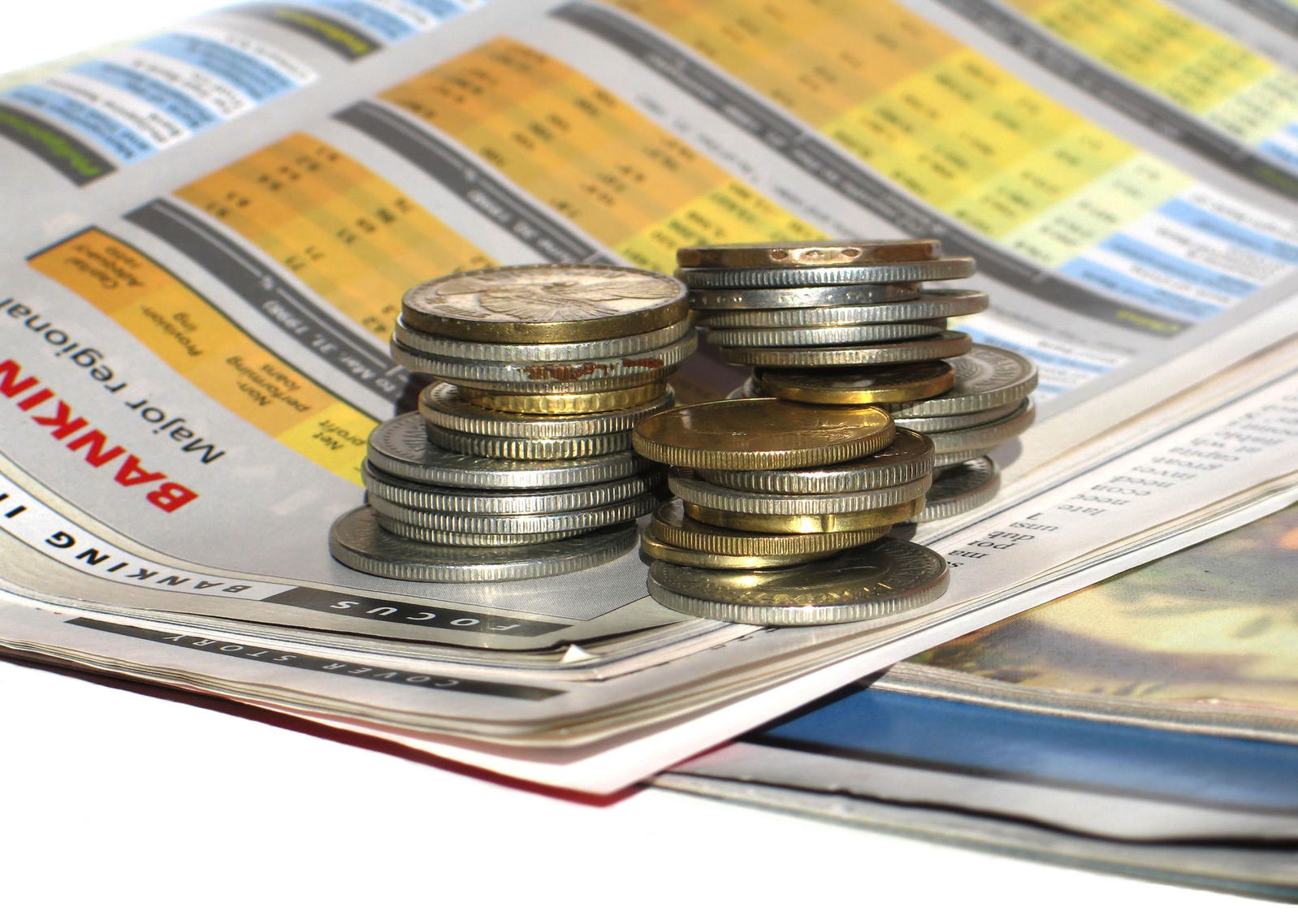Swissquote Bank: Markets swing on rapidly changing trade headlines

Trade headlines are accelerating again—and that's not necessarily a good thing.
Markets ended last week on a sour note after President Donald Trump threatened to impose a 50% tariff on European imports by June 1st, prompting a sharp selloff in major US and European indices. He also warned that Apple could face a 25% tariff unless it relocates its production to the US. The tech giant dropped 3% on fears that moving production could make it nearly impossible to sell iPhones for less than $3,000 apiece.
Yet, sentiment has shifted sharply this morning. The Nikkei 225 rose more than 1.7%, buoyed by hopes that the US and Japan are progressing toward a trade deal. The news of partnership between US Steel Corp and Nippon Steel - long-standing saga since the Biden administration— also fuel optimism. Shares of Nippon Steel initially surged in Tokyo, though most gains were pared by the time of this report.
In Europe, EuroStoxx futures are up by 1.6%, and S&P 500 futures have gained about 1% at the time of writing, helped by reports that the 50% EU tariff threat will be postponed to June 9th, giving European officials a bit more breathing room to negotiate. Still, the short extension comes as an unwelcome surprise for Europeans hoping for a calm, shortened week due to Thursday's Ascension Day holiday, and the US markets are closed today.
Quick reminder: The EU, taken as a bloc, is the US' largest trading partner. And rising tensions between the US and EU could easily spark a broader selloff in risk assets, drive the dollar and US Treasuries lower, and send the euro, European bonds, and gold higher this week.
In this context, selling pressure on the US dollar continues, driven by renewed trade frictions and swelling concerns over US debt. The dollar index is nearing its April lows, while the EURUSD has opened the week on strong footing—partly in relief over the delayed EU tariff deadline, though it's worth noting the euro was already rising on Friday when the tariff threat emerged. The euro appears to be acting as both a safe haven and a risk-on asset amid trade headlines.
Cable surged past 1.35 for the first time in over three years, while the USDJPY looks poised to test the 142 level to the downside, with the 140 psychological mark in sight. The yen is supported by ongoing US dollar softness and mounting expectations of hawkish policy from the Bank of Japan (BoJ), bolstered by stronger-than-expected April CPI data.
Elsewhere, gold continues to hold above $3,300 per ounce, supported by trade and debt uncertainties and Bitcoin is catching a bid amid capital outflows from the dollar and growing adoption by institutional players.
Busy week ahead
This week brings several key catalysts for both equity and currency markets. Major European economies will release May flash inflation figures, and consensus expects a slowdown after April’s surprise uptick. A stronger euro may have offset the rebound in oil prices. Should inflation slow meaningfully, the EURUSD could rally past the 1.15 handle.
Investors will also monitor fresh Japanese inflation data, the Reserve Bank of New Zealand (RBNZ) is widely expected to cut interest rates by 25 basis points on Wednesday. In the US, Q1 GDP and core PCE data will provide critical insight into the health of the economy. A soft GDP print isn’t necessarily negative for investor sentiment —unless it’s accompanied by sticky inflation, which is likely given the potential tariff shock. That combination could spell trouble for Federal Reserve (Fed) policy expectations and equity valuations.
Finally, all eyes turn to Nvidia, set to report fiscal Q1 2026 earnings after the bell on Wednesday. Last quarter, the company delivered strong results, although revenue just missed the $40 billion mark and margins remained under pressure due to Blackwell chip manufacturing challenges.
For Q1, sales are expected to surpass $43 billion, despite heated trade war and rising Chinese competition. Margins may still face pressure, but fundamentals remain robust. Big spenders pledge to spend big, TSMC posted strong results—partly due to pre-tariff demand—and Nvidia recently secured major AI infrastructure deals in the Middle East, which should appear in forward guidance.
The company is also prepping a cheaper version of its Blackwell chips for the Chinese market—though it still needs to be able to sell them. Options markets imply that Nvidia shares could move more than 7% in either direction following the report.
